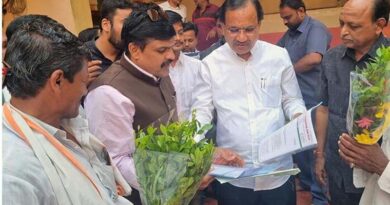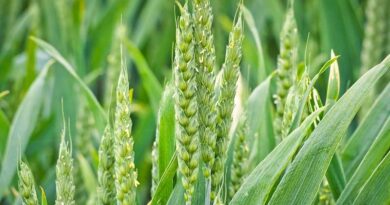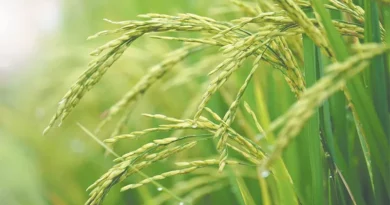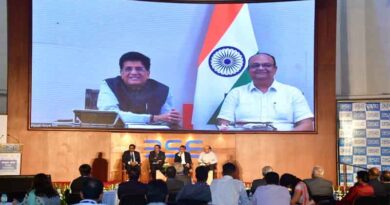Monsoon may not be productive this year
03 August 2022, New Delhi: As the 2022 monsoon crosses the halfway mark, a quick glance back is enough to realise it may not have done a bad job in June (-8 per cent of the long-period average of rainfall, LPA) while July (+17 per cent of LPA) lived up to its name as the rainiest of the four monsoon months. This is not to ignore the obvious blips in east and north-east India and adjoining parts of north-west India (Uttar Pradesh et al) during this period, which is in line with the known monsoon pattern in which no single season ensures the uniform spread of rain across time and space (temporal and spatial).
A persistent rain deficit in the rice-growing region has tested the resolve of farmers and weather watchers alike. Relief brought by the rain-driving monsoon trough when slotting itself into position has not been enough to assuage building moisture stress here. Deficient or late arrival of rain has upset the kharif sowing schedule, apart from draining out some of the surplus received over parts of the country during both June and July. The surplus for the country as a whole has since been cut down to 8 per cent as on July 31 from two-digit figures earlier.
Rainiest July since 2005
Private forecaster Skymet Weather said this monsoon saw the rainiest July since 2005 (surplus of 17 per cent). It narrowly missed the quarter-century record of 333.7 mm rainfall in July 2005. This July also joined the club of rainiest months with over 300 mm rainfall recorded on four earlier occasions since 1995.
Decreasing rainfall trend
Quoting India Meteorological Department (IMD), Union Minister Jitendra Singh told the House that the Uttar Pradesh, Bihar, West Bengal, Meghalaya and Nagaland have shown significant decreasing trends in the monsoon rainfall during the recent 30 years period from 1989 to 2018. The annual rainfall over these five States along with Arunachal Pradesh and Himachal Pradesh also show significant decreasing trends. Other States do not show any significant changes in monsoon rainfall during the same period.
It is in this context that the rainfall trend for the second half of the monsoon (August and September) has come out. In its updated outlook issued on Monday, the IMD indicated rainfall over the country as a whole for August to September to be most likely normal (94-106 per cent of LPA). Region-wise, it would be normal to above normal rainfall for most parts of South India except the West Coast, west-central India and north-west India. It will be below normal for many parts of the West Coast and some parts of east-central, east and north-east India.
Outlook for Aug-Sept
Rainfall for August is expected to be normal (94-106 per cent of the LPA) for the country as a whole. It will be normal to above normal rainfall over most parts of south-east India, north-west India and adjoining west-central India and below normal along the West Coast and many parts of east-central, east and north-east India. The UK Met Office has indicated shortages for Vidarbha, Chhattisgarh, Odisha and West Bengal during August-September-October. The European Centre for Medium-Range Weather Forecasts sees normal to above normal rainfall for Peninsular India until mid-August.
GP Sharma, President, Meteorology and Climate Change, Skymet Weather, said the private forecaster sticks to its earlier projections that the second half of the monsoon may not be as productive as the first. “If you analyse the rainfall amounts during the last few days of July and into August, the reducing trend is evident. If this has to be reversed, we must have eight to nine mm of rain averaged for the country during the rest of August. This is a fair amount of rainfall, which needs back-up from the Bay of Bengal-based systems,” Sharma told BusinessLine. In this context, the behaviour of a couple of systems likely emerging in the Bay will be closely watched, he said.
Also Read: Top 7 Tractors in India from 20 HP to 60+ HP















